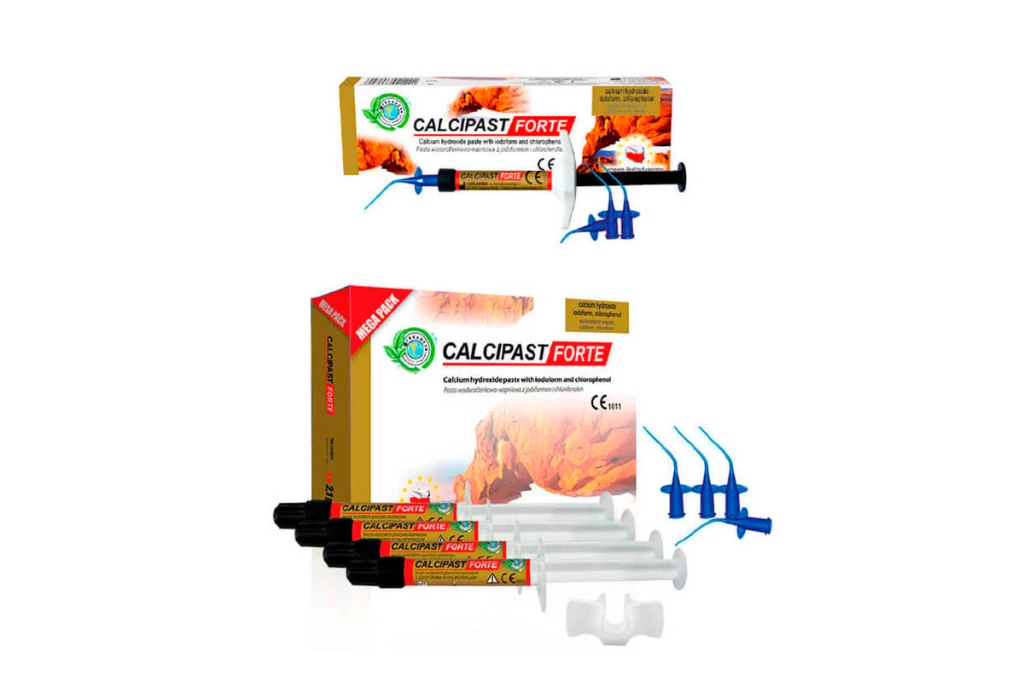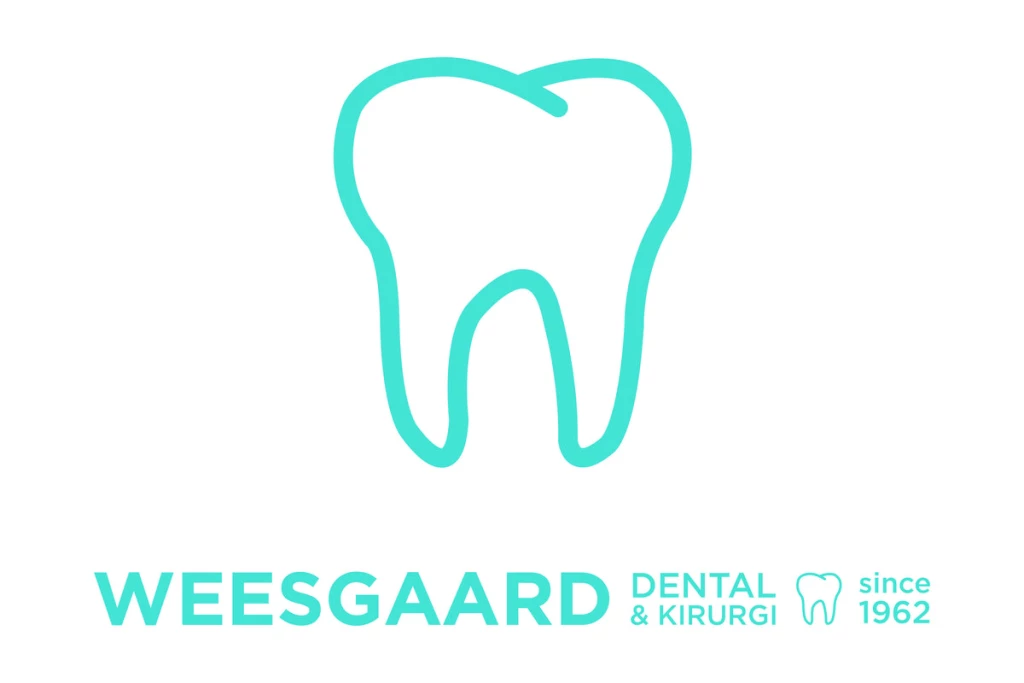

Calcipast, 30% calcium hydroxide with hydroxyapatite
Sold out
The item you're interested in is currently out of stock. Explore our catalog for a wide range of similar products
Sold out
The item you're interested in is currently out of stock. Explore our catalog for a wide range of similar products
Description
Common characteristics
Calcipast is a dental material that combines 30% calcium hydroxide with hydroxyapatite, making it a popular choice in endodontics and restorative dentistry. Below are some of the common characteristics that make Calcipast a preferred option among dental professionals.
Composition
Calcipast consists of:
- Calcium Hydroxide (30%): Known for its excellent biocompatibility and ability to promote healing.
- Hydroxyapatite: A naturally occurring mineral form of calcium apatite, which enhances the material's bioactivity and integration with dental tissues.
Biocompatibility
One of the standout features of Calcipast is its high biocompatibility. This characteristic ensures minimal irritation to the surrounding tissues, making it suitable for various dental applications.
pH Level
Calcipast maintains an alkaline pH, which is beneficial for:
- Neutralizing acids in the oral environment.
- Promoting the formation of reparative dentin.
Therapeutic Properties
Calcipast exhibits several therapeutic properties:
- Antimicrobial Activity: The calcium hydroxide component provides antimicrobial effects, helping to reduce bacterial load in infected areas.
- Stimulates Mineralization: Hydroxyapatite aids in the remineralization process, promoting the repair of damaged dental tissues.
Handling and Application
Calcipast is easy to handle and apply, which is crucial for dental procedures. Its consistency allows for:
- Simple application with standard dental instruments.
- Effective placement in various cavities and root canals.
Radiopacity
Calcipast is radiopaque, which means it can be easily visualized on radiographs. This characteristic is essential for:
- Monitoring the material's placement and integrity over time.
- Ensuring proper diagnosis and treatment planning.
Longevity and Stability
Calcipast demonstrates excellent stability over time, making it a reliable choice for long-term applications. Its properties ensure that it maintains its effectiveness without significant degradation.
Versatility
Due to its unique characteristics, Calcipast can be used in various dental procedures, including:
- Pulp capping
- Root canal treatments
- As a base or liner under restorations
Conclusion
With its combination of calcium hydroxide and hydroxyapatite, Calcipast offers numerous benefits that enhance its effectiveness in dental treatments. Its biocompatibility, therapeutic properties, and ease of use make it a valuable material in modern dentistry.
Indications for the use in dentistry
Calcipast, a paste containing 30% calcium hydroxide combined with hydroxyapatite, is widely utilized in various dental applications due to its unique properties. Below are the primary indications for its use in dentistry:
1. Pulp Capping
Calcipast is frequently employed in direct and indirect pulp capping procedures. Its high calcium hydroxide content promotes the formation of reparative dentin, providing a protective barrier over the pulp and facilitating healing.
Direct Pulp Capping
- Indication: When the pulp is exposed due to caries or trauma.
- Benefit: Stimulates dentin regeneration and maintains pulp vitality.
Indirect Pulp Capping
- Indication: When the pulp is not exposed but is at risk due to deep carious lesions.
- Benefit: Protects the pulp while allowing for continued dentin formation.
2. Root Canal Treatment
Calcipast is also indicated in endodontic procedures, particularly as an intracanal medicament. Its antibacterial properties help in disinfecting the root canal system.
Intracanal Medicament
- Indication: During root canal therapy to manage infected canals.
- Benefit: Reduces bacterial load and promotes healing of periapical tissues.
3. Apexification
In cases of immature teeth with necrotic pulp, Calcipast is used for apexification. It aids in the formation of a calcified barrier at the apex of the tooth.
- Indication: Non-vital immature teeth.
- Benefit: Facilitates the closure of the apex, allowing for successful root canal filling.
4. Treatment of Periapical Lesions
Calcipast can be used in the management of periapical lesions, providing a conducive environment for healing.
- Indication: Chronic periapical lesions associated with endodontic infections.
- Benefit: Supports the regeneration of periapical tissues and reduces inflammation.
5. Temporary Filling Material
Due to its biocompatibility and ease of use, Calcipast can serve as a temporary filling material in various dental procedures.
- Indication: As a temporary restoration in cases where a definitive restoration cannot be placed immediately.
- Benefit: Provides a protective seal while allowing for further treatment.
6. Orthodontic Applications
Calcipast may also find its use in orthodontics, particularly in the treatment of decalcification around brackets.
- Indication: Prevention and management of white spot lesions during orthodontic treatment.
- Benefit: Aids in remineralization of enamel and improves overall tooth health.
In summary, Calcipast, with its unique formulation of 30% calcium hydroxide and hydroxyapatite, serves multiple roles in dental practice, from pulp capping to endodontic therapy and beyond. Its biocompatibility and regenerative properties make it an essential material in modern dentistry.
Benefits of using in dental practice
Calcipast, a formulation containing 30% calcium hydroxide combined with hydroxyapatite, has emerged as a valuable tool in modern dental practice. Its unique composition offers several benefits that enhance treatment outcomes and patient care.
Enhanced Pulp Capping
One of the primary applications of Calcipast is in pulp capping procedures. The calcium hydroxide component promotes the formation of reparative dentin, while hydroxyapatite aids in mimicking the natural mineral composition of tooth structure. This synergy fosters a conducive environment for pulp healing.
Antimicrobial Properties
Calcipast exhibits significant antimicrobial properties, which are crucial in preventing infection during endodontic treatments. The alkaline nature of calcium hydroxide helps neutralize acidic environments, inhibiting bacterial growth and ensuring a sterile field during procedures.
Biocompatibility
Another notable benefit of Calcipast is its biocompatibility. The materials used in its formulation are well-tolerated by the body, minimizing the risk of adverse reactions. This characteristic is essential for maintaining patient safety and comfort during dental treatments.
Facilitates Mineralization
The presence of hydroxyapatite in Calcipast plays a vital role in promoting mineralization. This process is essential for the repair and regeneration of dental tissues, particularly in cases of carious lesions or trauma. By enhancing mineral deposition, Calcipast aids in restoring tooth integrity.
Easy Application
Calcipast is designed for ease of use, allowing dental professionals to apply it efficiently during procedures. Its paste-like consistency ensures optimal placement and adherence to the target area, reducing the risk of displacement and enhancing treatment effectiveness.
Versatile Applications
- Pulp capping
- Root canal treatments
- Management of traumatic dental injuries
- Repair of perforations
The versatility of Calcipast makes it suitable for various clinical scenarios, providing dentists with a reliable option for addressing different dental challenges.
Improved Patient Outcomes
By utilizing Calcipast, dental practitioners can achieve improved patient outcomes. The combination of enhanced healing, reduced infection risk, and effective mineralization contributes to successful treatment results, leading to higher patient satisfaction.
Cost-Effectiveness
Incorporating Calcipast into dental practice can also be cost-effective. Its efficacy in promoting healing and reducing complications can lead to fewer follow-up treatments, ultimately saving time and resources for both the practitioner and the patient.
Conclusion
In summary, Calcipast, with its 30% calcium hydroxide and hydroxyapatite formulation, offers numerous benefits in dental practice. From enhancing pulp capping procedures to promoting mineralization and ensuring patient safety, its application can significantly improve treatment outcomes and overall patient care.
Sold out
The item you're interested in is currently out of stock. Explore our catalog for a wide range of similar products